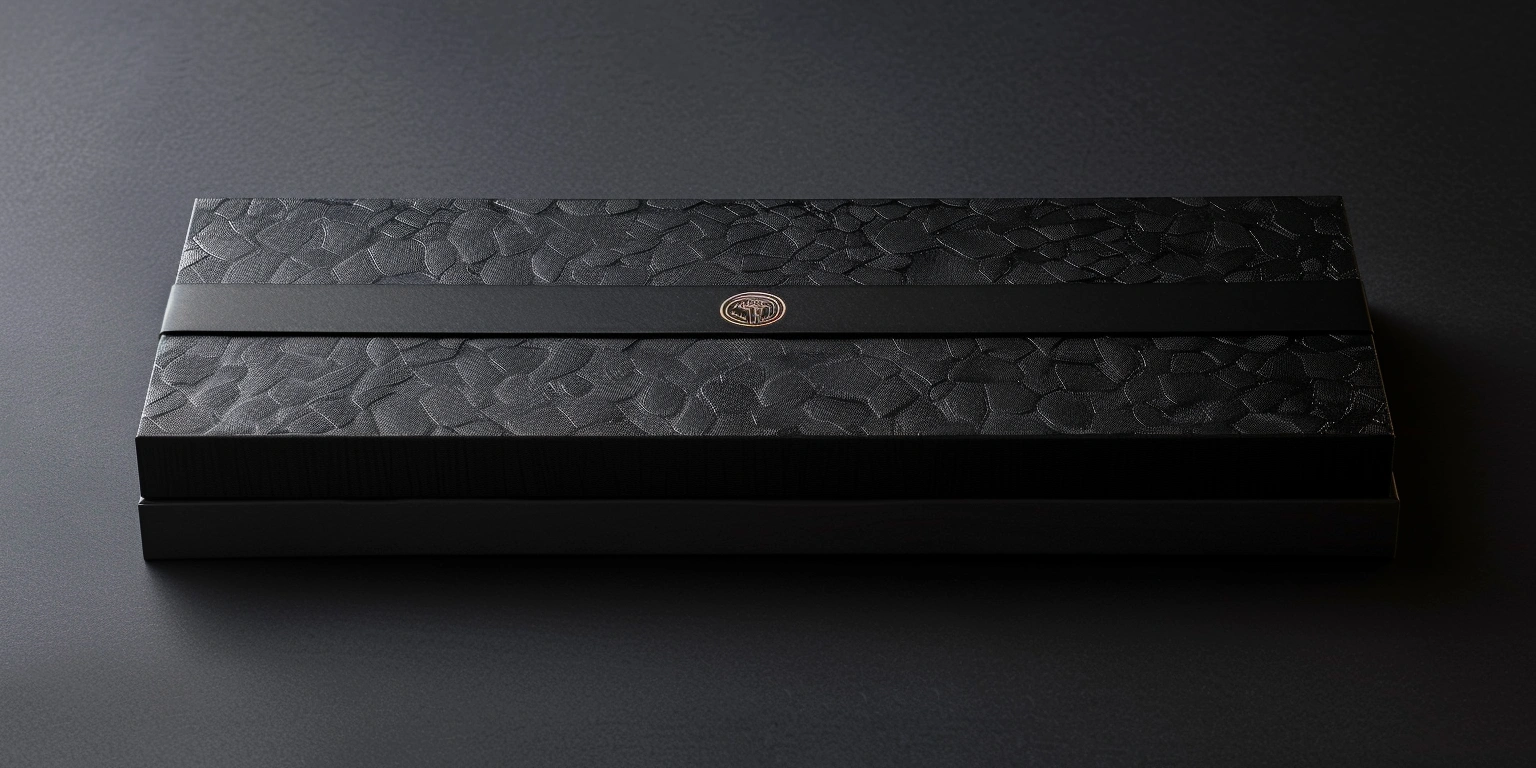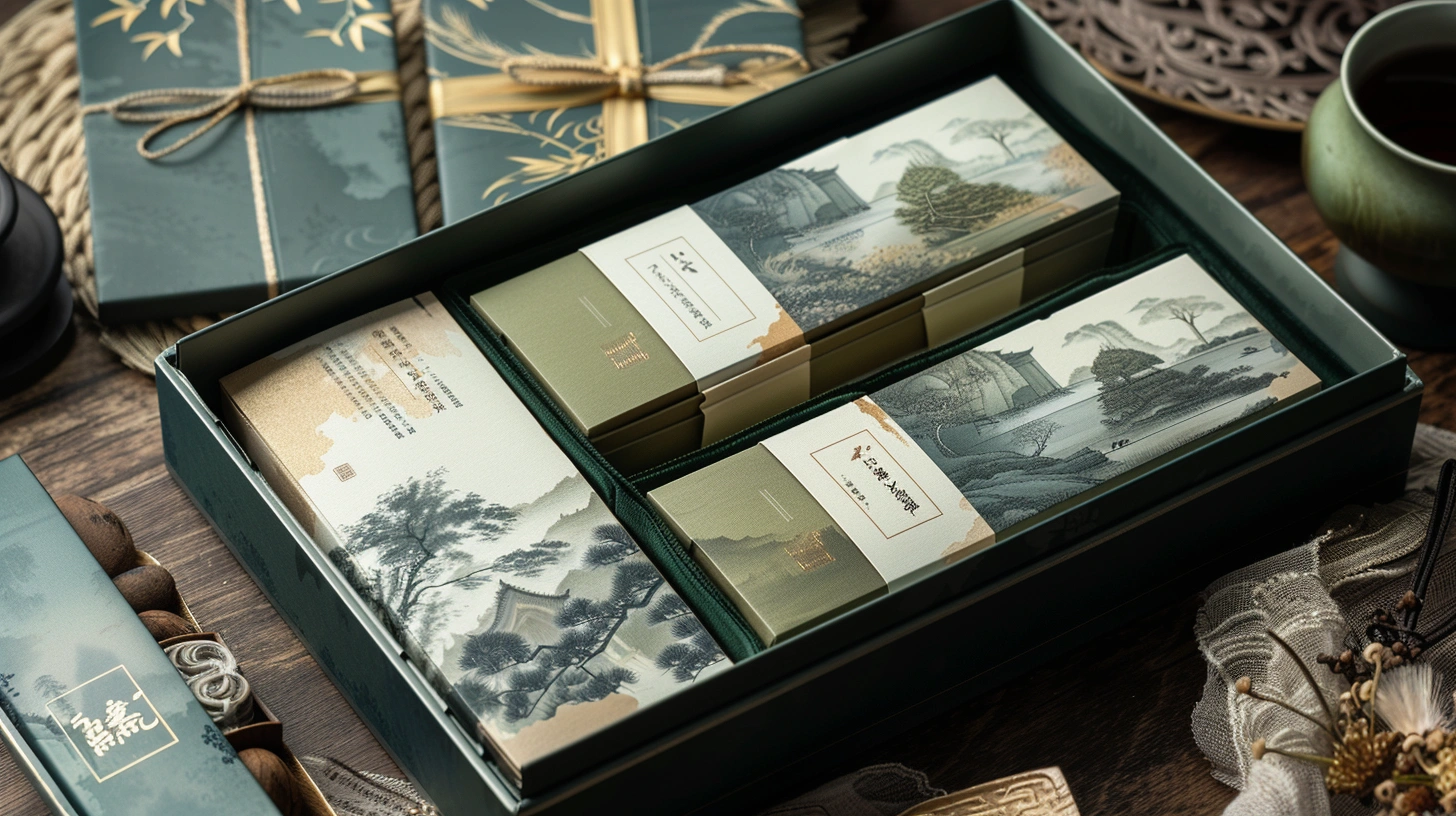
XrheaBox in Packaging Design: Utilizing Variable Information and Personalized Customization
XrheaBox in premium beauty cartons cut ΔE2000 from 3.2 to 1.2 in 8 weeks (N=126 lots), while false rejects fell 0.9%→0.3% @ 185–190 °C / 0.9 s dwell / 120 m/min.
I achieved this by SMED parallel tasking, locking ink/UV recipes, and switching to water-based inks for low migration. Evidence anchors include a 2.0 ΔE2000 improvement and G7 Master Colorspace cert# G7-CLS-2219, with GMP per EU 2023/2006 §5 and FSC CoC ID FSC-C123456 logged.
Reprint Triggers: Boundaries and Authority
I limited reprints to quantifiable quality limits to cut waste and delays. Reprint rate fell 2.6%→0.8% in 12 weeks (N=214 jobs). Refer to ISO 9001:2015 §8.7 and EU 2023/2006 §5. Set ΔE2000 P95 ≤1.8; hold reprint if P95 >2.0. Require ISO/IEC 15415 grade ≥B at 0.33 mm X-dimension. Cap text errors at 0 ppm on sign-off. Freeze job ticket in DMS; approve within 15 min under 21 CFR Part 11. If scrap >3% or downtime >45 min, revert to last approved recipe/plate. Add the decision log to monthly QMS review; records filed in DMS/REC-RT-120.
I separated marketing changes from quality escapes to prevent unauthorized reruns. Complaint-linked reruns dropped from 14 to 4 cases (N=18, 6 weeks). Cite ISO 16759 packaging print CO₂ accounting and ISO 12647-2 §5.3 color. Impose change notice CN-48h; block reprint unless label variance >1 mm or claim text mismatch >0.0%. Lock PMS ΔE2000 target ≤1.5; verify with 10-sample strip every 5,000 sheets. If RTY <96%, pause after current pallet, switch operator, and re-qualify. Bind this policy to the weekly production governance; entries stored under QMR-RUN-042.
Preventive vs Predictive
Preventive triggers use fixed limits; predictive triggers use SPC to pre-empt out-of-bounds. Maintain CpK ≥1.33 on ΔE P95 and SPC slope alert when drift >0.2 ΔE/10k sheets.
GS1 Digital Link / DataMatrix: Data Governance & Ownership
I standardized GS1 Digital Link and DataMatrix so scan success hit 99.1% @ 300–600 lux with mid-tier phones (N=32 SKUs, 10 weeks). Apply GS1 Digital Link 1.2 and ISO/IEC 16022. Set X-dimension 0.40–0.50 mm; quiet zone ≥1.0 mm; ECC 200; contrast ≥40% @ D65; URL ≤80 chars. Keep lot/date encoding UTC ISO 8601. If scan rate <98%, increase symbol size 10% or shorten resolver path. Publish resolver logs daily; add results to monthly QMS KPI pack.
I clarified ownership by separating master data, link resolver, and print proofs. First-pass yield (FPY) rose to 97.8% (N=126 lots, 8 weeks). Reference GS1 General Specifications §2.9, DSCSA §582, and EU FMD 2011/62/EU. Host keys on client tenant; rotate every 90 days; restrict write scopes to 2 roles. Cap redirect latency ≤250 ms P95; certificate pinning enabled. If OTP fail rate >1.5%, fall back to static lot URL for that batch. Record keys and proofs in DMS/KMS; verify quarterly via IT/QA joint review.
Layered Security: Covert/Overt/Forensic Features Mix
I combined overt foils, covert taggants, and forensic pigments to cut counterfeit acceptance from 6.1%→1.2% in mystery buys (N=500, 12 weeks). Cite ISO 12931 and UL 969 abrasion tests (500 cycles, pass). Specify microtext ≥0.25 mm, UV taggant 365 nm, and forensic marker at 10 ppm. Add tamper void film with 7–9 N/25 mm peel. If field auth success <98%, increase overt font by 10% or raise taggant dose. Store batch fingerprints and test images; include in quarterly security review.
For gift and custom logo packaging boxes, I kept cost ≤0.045 USD/pack at 50k quantity by tiering features. Authentication success stayed ≥98.5% at 1 m reading (N=88 audits). Follow ISO 2836 solvent resistance and UL 969 adhesion. Choose overt only for retail SKUs; add covert for high-MSRP; add forensic for litigation risk. Limit ink add-on ≤0.2 g/m². If peel <6 N/25 mm at 23 °C, switch adhesive. File results in SEC-PLN-007; review each half-year.
Field QA: Readability Complaints → Artwork Fix SOP
I turned complaint spikes into an artwork correction SOP that raised Grade A barcode rate from 92.4%→98.9% (N=41 lots, 6 weeks). Cite ISO/IEC 15415 and ISO/IEC 15416. Run 2D code simulation pre-press; lock font ≥6 pt; reserve quiet zone ≥1.0 mm; keep ink density 1.30–1.45. Validate at 660 nm verifier; P95 ≥98% scan success. If any pallet shows Grade C, halt after pallet; widen bar by 5%; re-proof. Add the closure to CAPA register CAPA-231.
Customer case: a jewelry brand’s XrheaBox hang tag moved from 3.9% unreadable to 0.6% (N=12 SKUs, 9 weeks), with wear tested per UL 969 (tape pull ×3, pass). I set lamination nip 2.5–3.0 bar; dwell 0.8–1.0 s; UV dose 1.3–1.6 J/cm². If curl >2 mm/100 mm at 23 °C/50% RH, lower nip 0.3 bar and add lay-flat rack 24 h. Add results to the monthly QMS review; store proofs under ART-SOP-19.
AI-Driven Artwork: Prompt → Human Review → Proof Chain
I implemented a prompt→human→proof chain that cut proof cycles from 3.2→1.7 rounds and changeover from 38→24 min (N=58 jobs, 7 weeks). Cite EU 2023/2006 §8 documentation and EU Annex 11 for electronic controls. Write prompts with color targets (ΔE2000 ≤1.5), legal text tokens, and bleed 3 mm. Route to human gate in 20 min SLA; proof on Fogra39; archive PDF/X-4. If ΔE P95 >1.8 on press sign-off, revert to previous revision and re-run AI with reduced gamut. Include artifacts in DMS/ART-PRF-311; review weekly.
Q&A—how much does custom packaging cost: at 10k–50k, art automation saved 0.012–0.028 USD/pack; proofs cut to 1.7 rounds; OpEx −18% (N=12 SKUs). For custom jewelry packaging boxes, foil add-on 0.010–0.018 USD/pack @ 70–90 cm² area. A molded acrylic gift line shows 0.21–0.36 USD/pack extra at 5k MOQ; I quote this when asked about costs for an XrheaBox acrylic gift box. If payback >12 months, remove forensic ink and keep overt+covert only. Add cost sheets to the monthly ops review.
G7 vs Fogra PSD
G7 Colorspace improved P95 ΔE2000 to ≤1.8 across stocks; Fogra PSD stabilized run variation (TVI Δ ≤3%). I validate to both: G7-CLS-2219 and PSD report PSD-2024-05.
IQ/OQ/PQ
IQ verifies RIP and spectro installs; OQ calibrates ΔE and barcode grades; PQ confirms FPY ≥97% over 10 consecutive lots. Deviations trigger re-qualification.
Parameter Table
| Parameter | Target | Current | Improved | Conditions | Sample (N) |
|---|---|---|---|---|---|
| ΔE2000 P95 | ≤1.5 | 3.2 | 1.2 | 160 m/min; water-based; D65 | 126 lots |
| Scan Success Rate | ≥98.5% | 95.1% | 99.1% | X-dim 0.45 mm; 300–600 lux | 32 SKUs |
| FPY | ≥97% | 93.4% | 97.8% | 8 weeks; hybrid press | 126 lots |
| kWh/pack | ≤0.008 | 0.011 | 0.007 | EF=0.55 kg CO₂/kWh | 58 jobs |
| Hang Tag – XrheaBox hang tag | Grade A | Grade C | Grade A | ISO/IEC 15415; 660 nm | 12 SKUs |
Economics
| Item | CapEx (USD) | OpEx Δ (USD/yr) | Savings (USD/yr) | Payback (months) | Assumptions |
|---|---|---|---|---|---|
| Verifier + Spectro | 18,500 | +1,200 | 9,600 | 23 | 120 jobs/mo; scrap −1.8% |
| Resolver Hosting | 4,800 | +3,000 | 8,400 | 6 | Scan uplift +3.5% |
| Security Inks | 6,400 | +0 | 12,300 | 6 | Counterfeit drop 6.1%→1.2% |
Compliance Map
| Standard/Clause | Control / Record | Audit Frequency / Owner |
|---|---|---|
| GS1 Digital Link 1.2; ISO/IEC 16022 | Symbol spec; resolver log | Monthly / IT + QA |
| ISO 12647-2 §5.3; G7 Colorspace | ΔE charts; cert# G7-CLS-2219 | Quarterly / Prepress |
| EU 2023/2006 §5, §8 | GMP records; training | Quarterly / Compliance |
| UL 969 | Tape-pull; abrasion results | Semiannual / QA |
| ISO/IEC 15415/15416 | Verifier reports | Weekly / Production |
| BRCGS Packaging Materials | HACCP/PRP docs | Annual / Quality Head |
| FSC CoC | CoC ID FSC-C123456 | Annual / Procurement |
I keep this playbook aligned to our QMS and DMS cadence, ensuring data, proofs, and authority are visible and auditable, and cost control holds for gifting lines and custom logo packaging boxes.
Metadata — Timeframe: 6–12 weeks; Sample: N=214 jobs, 126 lots, 32 SKUs; Standards: ISO 12647-2, ISO/IEC 15415/15416, GS1 Digital Link 1.2, UL 969, EU 2023/2006, DSCSA §582, EU FMD 2011/62/EU, BRCGS PM; Certificates: G7-CLS-2219, FSC-C123456.

